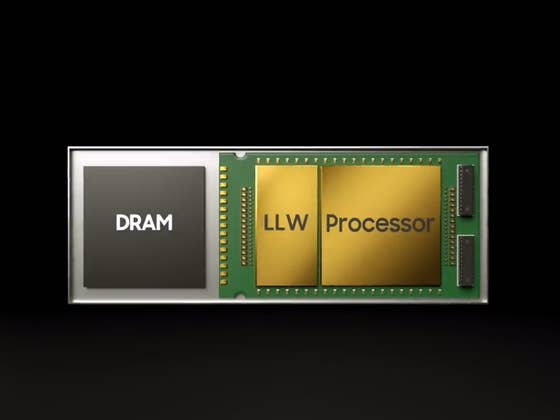More memory for smartphones and PCs, new data centers for artificial intelligence: manufacturers like Samsung can barely keep up with production, and are using this situation to their advantage. What are the ramifications for end customers?
The term “hog cycle” is well established in the realm of economics: First, limited supply meets high demand, which leads to high prices. If producers increase production accordingly, the relationship reverses, leading to a reduction in supply, and the cycle begins anew. And this is not applicable to just pigs.
Such developments can also be observed in computer components, especially memory. Recent years have seen memory and data storage drop in price. However, the boom in artificial intelligence and the corresponding new data centers have caused prices for memory chips to rise since 2023.
- MediaTek Dimensity 9500: New challenger to the Android CPU throne
Samsung Wants up to 30 percent More for RAM
Samsung is the last of the major memory manufacturers to announce a new price increase. The company informed its partners that prices for LPDDR4X, LPDDR5, and LPDDR5X chips will rise by 15 to 30 percent in the fourth quarter.
Other memory chips will also become more expensive. NAND-based mobile memory products like multimedia cards (eMMC) and universal flash storage (UFS) are set to cost between five and ten percent more in the future, as reported by New Daily. Previously, major competitors in this segment had already adjusted their prices. SanDisk, for instance, will charge around ten percent more for NAND memory chips in the future. Micron is charging between 20 and 30 percent more for a number of important products.
Generation Change meets Growing Demand
The price increase is based on a whole range of factors that are currently converging—the perfect storm, if you will. The fourth quarter is generally considered to be a strong sales period. The upcoming Christmas season ensures that wallets are ready to be flung wide open—and consumer electronics are ever popular under the Christmas tree. Manufacturers are also taking advantage of this.
At the same time, they are bidding goodbye to the fourth DDR generation, which, due to continued high demand, is blocking the production lines longer than planned, at least at Samsung. (LP)DDR4(X), which has been available since 2014, was actually due to be discontinued in June. However, a renewed rush in July ensured that demand for DDR4 increased by 50 percent, and prices were higher than those of DDR5 memory. As a result, the manufacturer now intends to phase out production at the end of the year. Only then will further capacities for DDR5 and the associated modifications to the production line be available.
Rising Demand due to Artificial Intelligence
There is also the trend towards artificial intelligence. The neural processing units—NPUs for short—of modern processors in smartphones and the notebooks and desktop computers advertised as “AI PCs” require a lot of RAM to respond quickly to prompts, especially when images or videos are generated. Eight gigabytes of RAM are therefore already standard in mid-range smartphones. However, data storage in smartphones is also set to continue to grow. The flagship models from Google and Samsung now have storage capacities of 1 TB. The new iPhone 17 Pro Max can even be equipped with 2 TB.
The data centers required for artificial intelligence are also increasing the demand for memory, and not just in the form of RAM or high-bandwidth memory, which is used in AI processors. The servers also require fast data storage if the requests are to be processed promptly. As a result, data center operators are increasingly relying on SSDs instead of the hard drives that were previously used.
Should I Buy Now or Wait?
The numerous factors explaining the current price adjustments give rise to fears that this is not just a seasonal increase. In fact, demand will remain high in the coming year. According to the report, the US-based Citigroup anticipates a shortage of up to 1.8 percent for DRAM and four percent for NAND flash in relation to demand. Analysts at Morgan Stanley are even forecasting an eight percent shortage for NAND chips.
However, the price increase should only have a limited impact on private consumers—especially when it concerns mobile devices. A memory module with one capacity costs manufacturers between $15 and $16. Eight gigabytes of RAM for smartphones is estimated to cost just over $4. The surcharge will, therefore, be hardly noticeable for the customer, especially as memory upgrades are subject to hefty surcharges. The situation is different for anyone who wants to buy a new data carrier or RAM for a PC, notebook, or NAS. You could still save a few dollars by making a rush for it over the last few days of this month.


0 comments